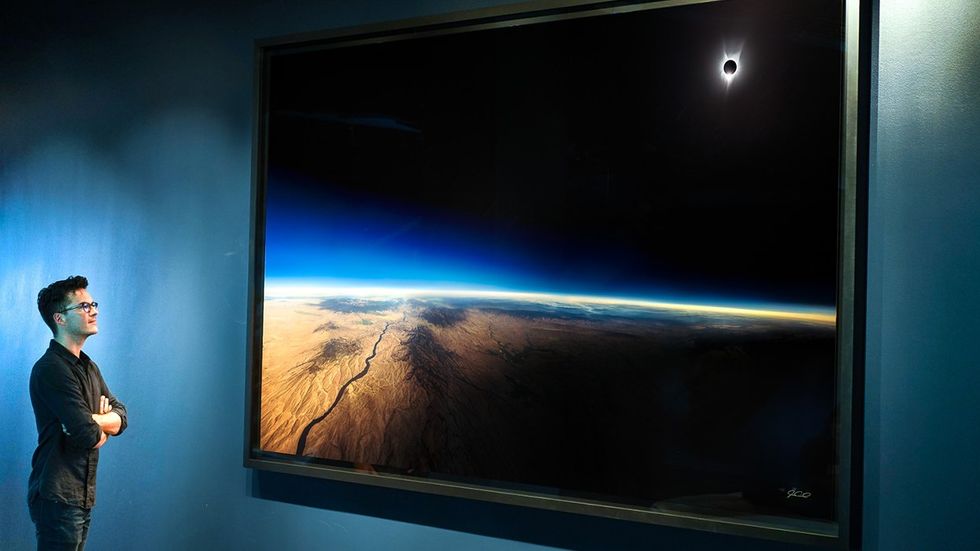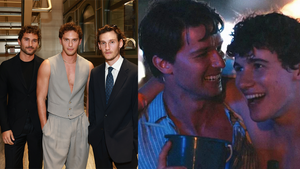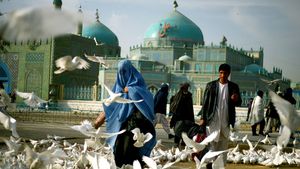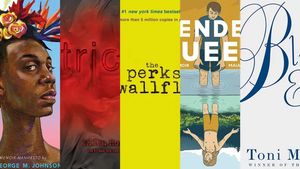As the moon prepares to cast a long shadow over the Earth as it obstructs the sun, Jon Carmichael, a gay astrophotographer known for his stunning capture of the 2017 North American solar eclipse, is sharing crucial advice for the approximately 31 million people who are directly in the path of today’s eclipse. With nearly half of the U.S. population within 200 miles of the main event, he says he hopes people are able to make the most of this astronomical phenomenon.
“Scout multiple locations in advance,” Carmichael suggests, emphasizing the weather’s significant impact on viewing conditions. He stresses the necessity of using eclipse glasses for the event, aligning with NASA’s safety guidelines. “It’s only safe to remove eclipse glasses during the totality, when the moon completely obscures the sun’s bright face, revealing only the corona,” he explained.
Related: Gay photographer who captured epic 2017 eclipse image will take to the sky to outdo himself Monday
Carmichael, whose passion for celestial events was sparked in a seventh-grade geography class, plans to elevate his eclipse experience this year by capturing it from David Copperfield’s private jet. The legendary illusionist has never experienced an eclipse and invited Carmichael aboard with control of where the plane will fly.
 Original Photography by Jon Carmichael
Original Photography by Jon Carmichael
During the last eclipse visible from the U.S. in 2017, Carmichael took more than 1,000 photos in two minutes aboard a Southwest Airlines commercial flight to capture what became one of the most iconic images of history. Carmichael recalls the extensive planning and the collaboration with a commercial airline that allowed him to photograph the eclipse from a plane, requiring the aircraft to turn multiple times to capture the perfect shot. This meticulous effort resulted in a breathtaking image that resonated with people globally, showcasing the eclipse and the boundless wonders of the cosmos.
On the ground, Carmichael also recommends being near a stationary object or tree during the eclipse. “Being near a tree not only offers a unique vantage point but also enhances the experience,” he explains. The shadows cast by leaves can create myriad crescent shapes on the ground, mirroring the eclipse itself. He says this natural phenomenon adds another layer of beauty and intrigue to the eclipse experience, offering a stunning visual effect that can be seen and photographed.
For those gearing up to witness today’s celestial spectacle, Carmichael also advises embracing mindfulness.
“Look around you because there’s a 360-degree sunset around you,” he suggests—a phenomenon that, according to NASA, offers a unique viewing experience characterized by the sudden daytime darkness and a noticeable drop in temperature.
NASA advocates indirect viewing methods like pinhole projectors for those without access to eclipse glasses.






























































































































